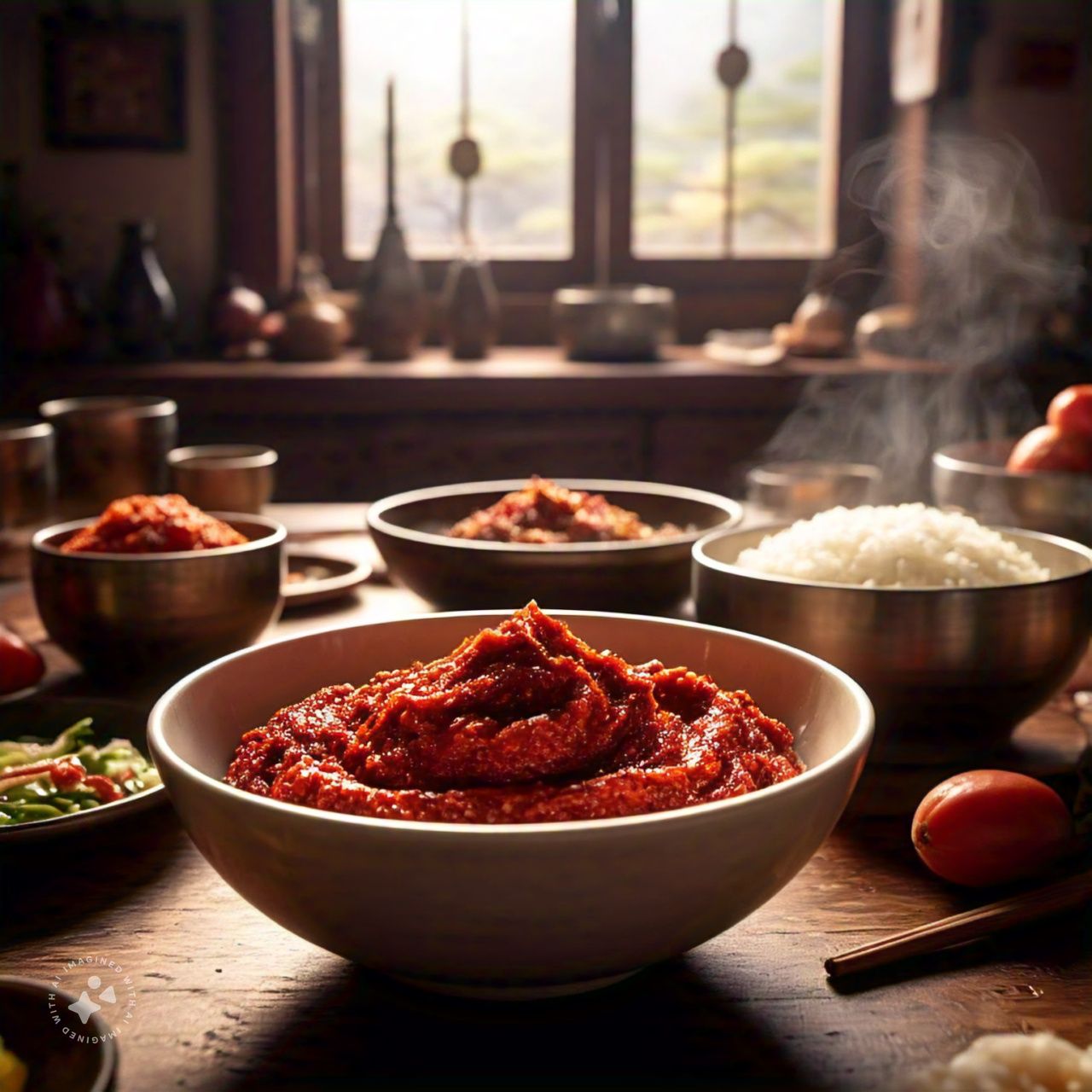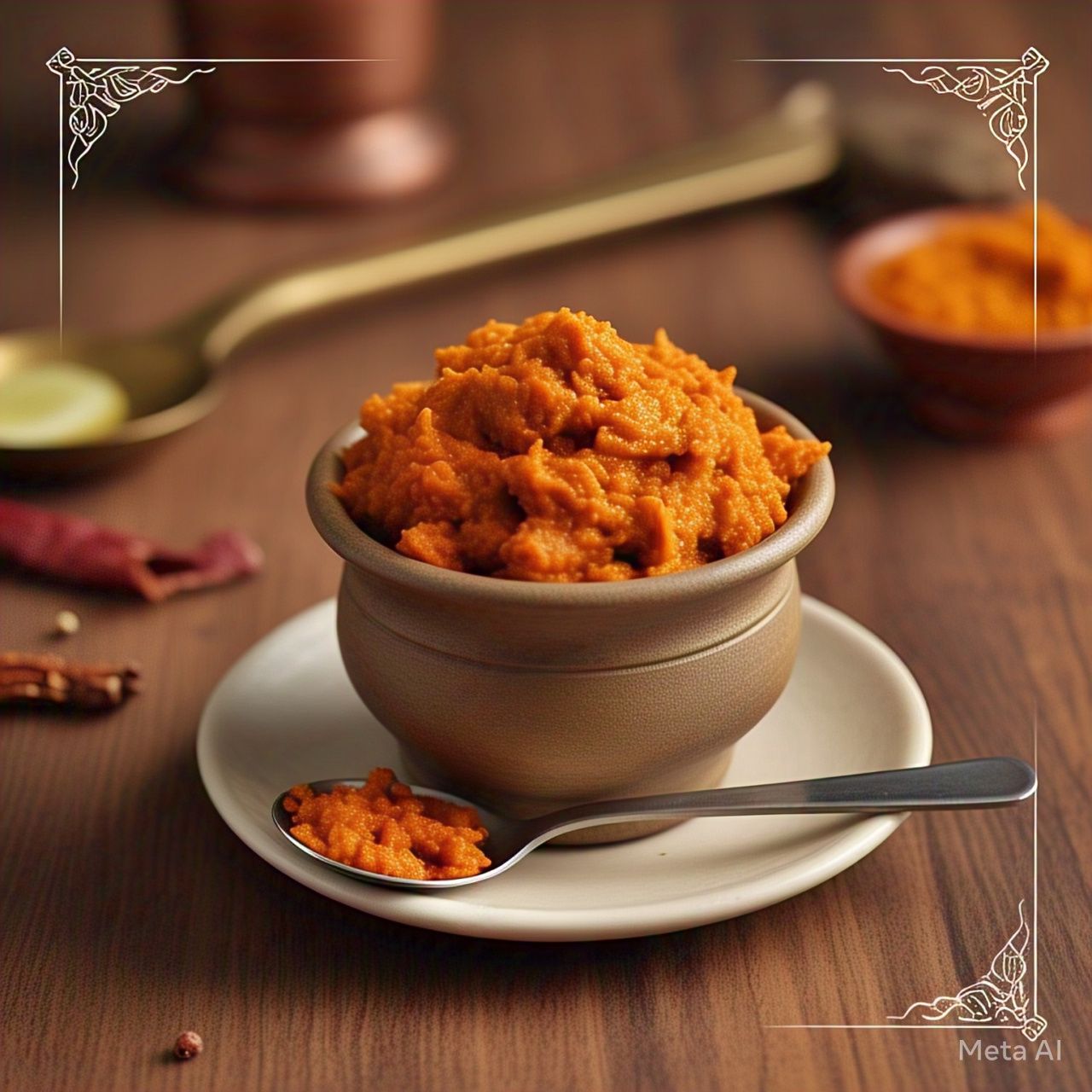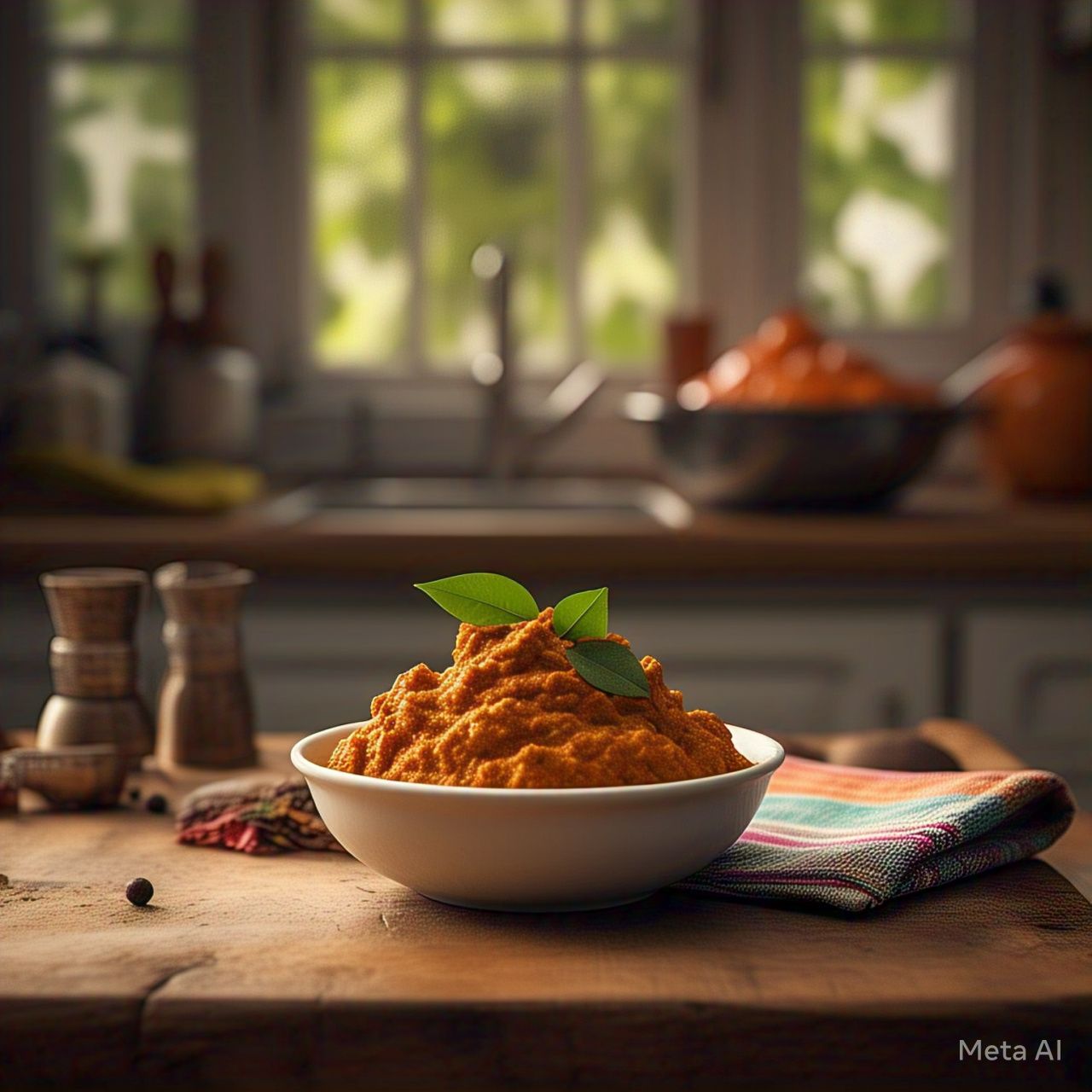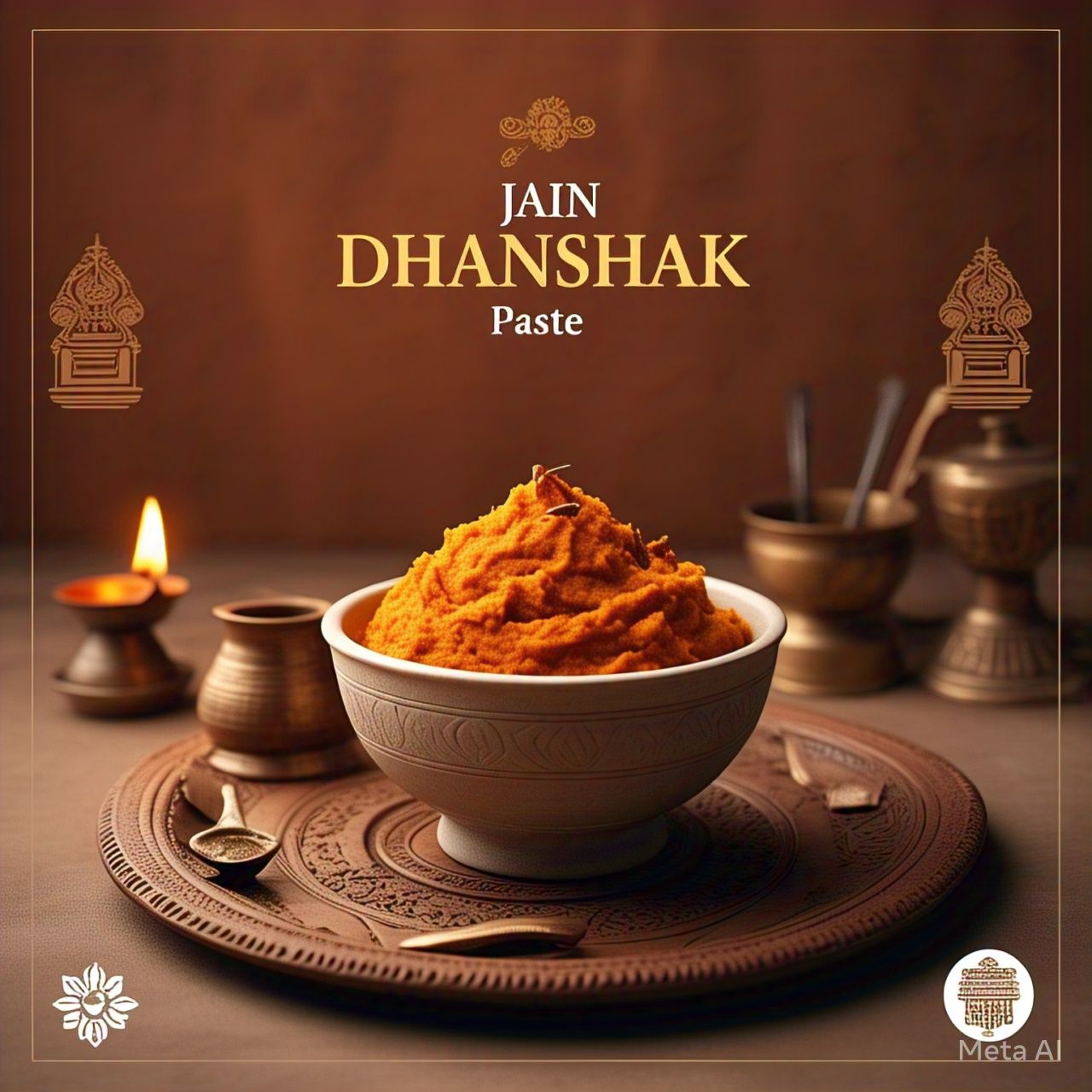Korean chilli paste, or "Gochujang", has emerged as a global culinary staple. This spicy, savory, and slightly sweet fermented condiment is not just a flavor enhancer; it’s a cultural icon. In this blog, we’ll explore its origins, benefits, uses, and how it aligns with modern food trends. Additionally, we’ll answer common questions, share cooking tips, and provide insights on its environmental impact and seasonal uses.
What is Korean Chilli Paste?
Origins and Cultural Significance
Korean chilli paste, known as Gochujang (고추장), originates from Korea’s centuries-old culinary traditions. It is made from fermented soybean powder, glutinous rice, red chilli peppers, and salt. This combination results in its unique depth of flavor, often referred to as "umami." Traditionally, families would ferment Gochujang in clay pots, symbolizing community and sustainability.
Key Benefits of Korean Chilli Paste
-
Rich in Nutrients:
-
Contains essential vitamins like Vitamin A and B2, beneficial for skin health and immunity.
-
Fermentation enhances probiotics, promoting gut health.
-
-
Low in Fat:
-
Offers a flavorful alternative to calorie-heavy condiments.
-
-
Versatile Flavor Profile:
-
Balances spiciness, sweetness, and savoriness, making it a universal ingredient.
-
-
Long Shelf Life:
-
The fermentation process naturally preserves Gochujang, reducing food waste.
-
Common Questions About Korean Chilli Paste
Q1: Is Korean chilli paste gluten-free?
Answer: While traditional Gochujang contains glutinous rice, many brands offer gluten-free versions. Always check the label for allergen information.
Q2: How spicy is Gochujang?
Answer: Gochujang ranges from mild to hot, depending on the brand. Look for labels indicating spice levels.
Q3: How long does Gochujang last after opening?
Answer: When refrigerated, it can last up to a year without losing its quality.
Cooking Tips and Creative Uses
How to Use Korean Chilli Paste in Everyday Cooking
-
Soups & Stews: Add a spoonful to enhance depth in dishes like kimchi jjigae or vegetarian stews.
-
Marinades: Mix with soy sauce, sesame oil, and garlic for a perfect marinade for tofu or roasted vegetables.
-
Dips & Sauces: Combine with honey and vinegar for a versatile dipping sauce or salad dressing.
-
Stir-Fries: Add to stir-fried vegetables for a quick, flavorful meal.
-
Rice Bowls: Use as a base for bibimbap or fried rice for a spicy twist.
Cooking Tip:
Start with a small amount and adjust to taste, as Gochujang’s intensity can vary by brand.
Seasonal and Holiday Favorites
Spring: Spicy Korean vegetable wraps with Gochujang sauce.
Summer: Korean chilli paste-infused cold noodle salads.
Autumn: Roasted pumpkin with a Gochujang glaze.
Winter: Hearty Gochujang-based soups to warm up chilly days.
Comparisons: Gochujang vs. Other Chilli Pastes
-
Gochujang vs. Sriracha:
-
Texture: Gochujang is thicker and paste-like, while Sriracha is more liquid.
-
Flavor: Gochujang has a fermented umami flavor; Sriracha is tangy and garlicky.
-
-
Gochujang vs. Harissa:
-
Origin: Harissa hails from North Africa.
-
Spices: Harissa includes spices like cumin and coriander, absent in Gochujang.
-
-
Gochujang vs. Indian Red Chilli Paste:
-
Preparation: Indian chilli paste focuses purely on spice, lacking Gochujang’s sweet and savory balance.
-
Environmental Impact: Reducing Food Waste with Gochujang
Fermented foods like Gochujang have a naturally long shelf life, minimizing the risk of spoilage. By incorporating it into versatile recipes, you can reduce the reliance on multiple condiments, thus lowering packaging waste. Additionally, its production involves traditional methods that align with sustainable practices.
News & Trends: The Rise of Gochujang Globally
Korean chilli paste has become a trending ingredient in global cuisines. Chefs and home cooks alike appreciate its ability to elevate both traditional and fusion dishes. As interest in fermented foods grows, Gochujang is gaining recognition for its health benefits and unique flavor profile.
Conclusion
Korean chilli paste, or Gochujang, is more than just a condiment; it’s a symbol of Korea’s culinary heritage and a versatile ingredient for modern kitchens. Whether you’re a home cook or a professional chef, incorporating Gochujang into your recipes can add depth, flavor, and a touch of global flair. Embrace this powerhouse ingredient and explore its endless possibilities while supporting sustainable and healthy food choices.





Share:
Zaffrani Garam Masala: The Royal Spice Blend to Elevate Your Dishes
Rose Petal Garam Masala: The Fragrant Spice Blend to Elevate Your Culinary Creations